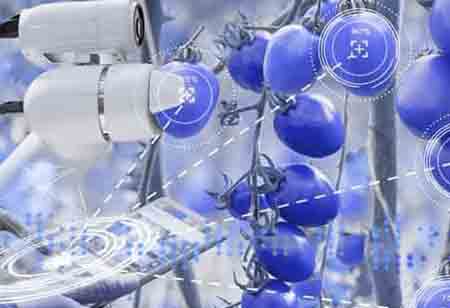Thank you for Subscribing to Agri Business Review Weekly Brief
Changing the Cannabis Experience with Nanoemulsions
Cannabis is a highly variable, natural product that requires refinement.

By
Agri Business Review | Friday, April 28, 2023
Stay ahead of the industry with exclusive feature stories on the top companies, expert insights and the latest news delivered straight to your inbox. Subscribe today.
High-quality nanoemulsions are clear, colored, and consistent. A laser scattering particle size analysis can also be used to test them.
FREMONT, CA: Cannabis is a highly variable, natural product that requires refinement. A number of challenges can arise when manufacturers attempt to incorporate it into food or beverage products that require specific controls.
Because bigger fat droplets take longer to digest and absorb, nanoemulsions have better bioavailability and onset. It is only when the droplets are sufficiently small that they can be metabolized and absorbed.
Twenty-nanometer droplets are much more digestible than 120-nanometer droplets.
Nanoemulsions have three main benefits. Stability is the first factor. In high-quality nanoemulsions, cannabinoid oil droplets are provided with a robust and stable environment, making it highly unlikely that they will attach to something else in the food matrix.
Dispersibility is the second factor. Emulsions that are stable disperse easily into food matrixes and have a high level of consistency.
A high-quality nanoemulsion, for instance, can be uniformly and readily dispersed from top to bottom and side to side in a beverage tank in a manufacturing facility.
Physical stability is the third factor. As long as the manufacturer does a great job of producing a robust system that will survive the processing (e.g., cooking, pasteurization), the nanoemulsion droplets will be so stable in their macro-environment and their micro-environment that they will remain in that conformation when they are dispersed into a food matrix.
A high-quality nanoemulsion can significantly improve consistency and bioavailability compared to traditional formats.
What makes a high-quality nanoemulsion?
Visually assessing clarity, color, and consistency is a simple and cost-effective way to identify high-quality nanoemulsions. A well-made nanoemulsion should be clear or nearly clear.
As lipid particles become larger, they scatter more visible light, resulting in a more opaque or milky appearance.
The same phenomenon causes milk to be opaque. When light hits large fat droplets in milk, it scatters in all directions and colors, making it appear white.
A high-quality nanoemulsion with very small particles of about 20 nanometers will appear clear on a visual inspection since it scatters ultraviolet light instead of visible light.
Visual inspection can be a low-tech, easy way to identify whether a nanoemulsion is high-quality. Clearness and stability will increase as the mean diameter of the particle size decreases.
Another way to test the quality of a nanoemulsion is to spin it in a centrifuge under very high gravity. Droplets with a large density difference tend to separate due to the liquid surrounding them.
Depending on the density, a darker layer may appear at the top or bottom of the emulsion. When spun in a centrifuge, a high-quality nanoemulsion will not change.
Laser scattering particle size analysis is the third way to test the quality of a nanoemulsion. A lab is required for this type of scientific analysis, which involves shining a light into the sample.





